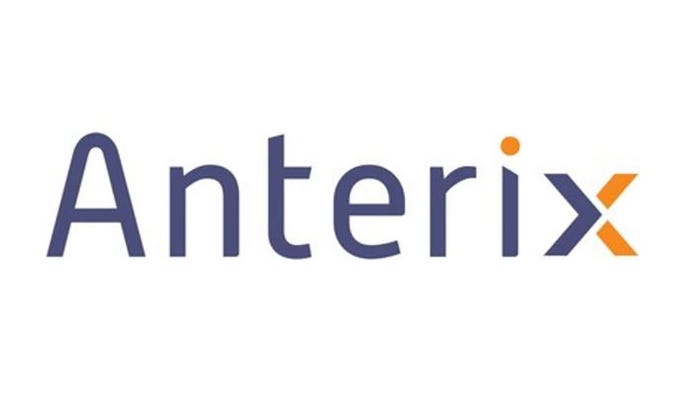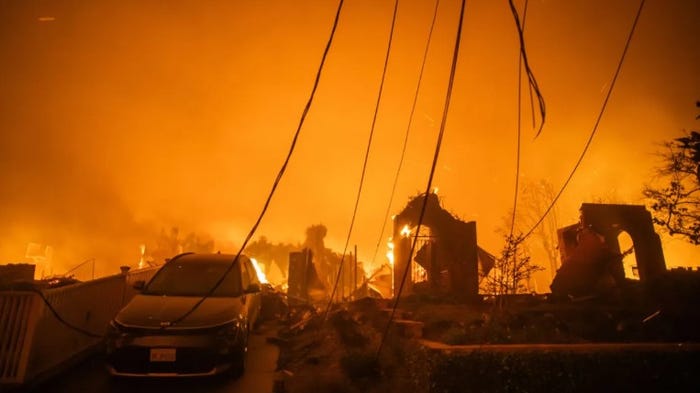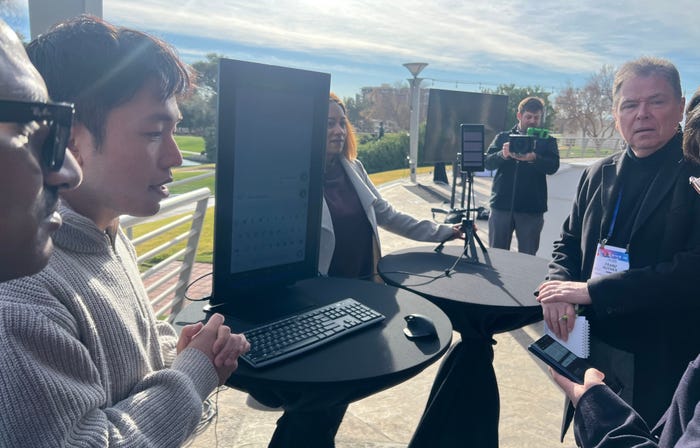California set to begin NG911 deployments in 911 centers statewide next monthCalifornia set to begin NG911 deployments in 911 centers statewide next month

California 911 centers could have IP-based next-generation 911 (NG911) connectivity deployed throughout the state by the end of this year or early next year, according to an official helping lead the execution of the emergency-calling initiative.
Budge Currier, 911 and emergency-communications branch manager for California, said the state is building its NG911 platform around the i3 standard developed by the National Emergency Number Association (NENA) and that the deployment is a comprehensive one that is scheduled to begin in April.
“It’s everything,” Currier said during an interview with IWCE’s Urgent Communications. “It’s the ESInet, which is the network that interconnects everything. It’s the next-gen core services, which is the intelligence does all of the routing and makes all of the routing decisions. And it’s moving us completely off of the legacy 911 call routing and into this new next-gen 911 call environment.”
In August 2019, the California Governor’s Office of Emergency Services (CalOES) announced the selection of four contractors—Atos, Lumen (then called CenturyLink), NGA 911 and Synergem Technologies—to implement the transition of 911 centers to the NG911 platform.
“We’re going to start to go live with the first PSAP in April,” Currier said. We have successfully tested end to end with every single one of our next-gen 911 providers. We have four of them … They’ve all finished their end-to-end testing in our lab, and they’ll go live in April.”
CalOES plans for the deployment in the more than 400 public-safety answering points (PSAPs) to be completed by the end of the year, but circumstances could impact that timeline, according to Currier.
“You probably remember that last year was a pretty devastating fire season for us, so there was a lot of disruption there,” he said. “Of course, COVID came in and impacted access to PSAPs, the supply chain and being able to get equipment.
“If nothing like that happens again this year, then it’s reasonable that by the end of 2021, we’ll be close. If not, then it will certainly be early into 2022 by the time we finish this project.”
Completing this statewide project will mean that all forms of broadband communications—not just voice, but also texts, data, photos and videos—will be able to reach California’s 911 centers, but another step still will need to be taken before the state’s PSAPs are fully modernized, Currier said.
“Inevitably, we’re restrained by the equipment that is at the PSAP,” Currier said. “We obviously need an IP network into the PSAPs across a secure path, and we’re building that through next-gen 911.
“Then we need the kind of equipment that’s in the PSAP to be able to receive this kind of data—the call-processing equipment and the computer-aided-dispatch equipment—and those are on life-cycle replacement costs, so those typically have 3- to 5- to 7-year replacement cycles … “So, if you just bought new equipment last year that doesn’t support this type of integration, it could be five years before your PSAP can go out and buy newer equipment.”
CalOES is making an effort to simplify the procurement of this gear for the 911 centers in the state, Currier said.
“We have developed, at the state level, a cloud-based call-processing-equipment contract, and we have a number of bidders on it,” Currier said.





